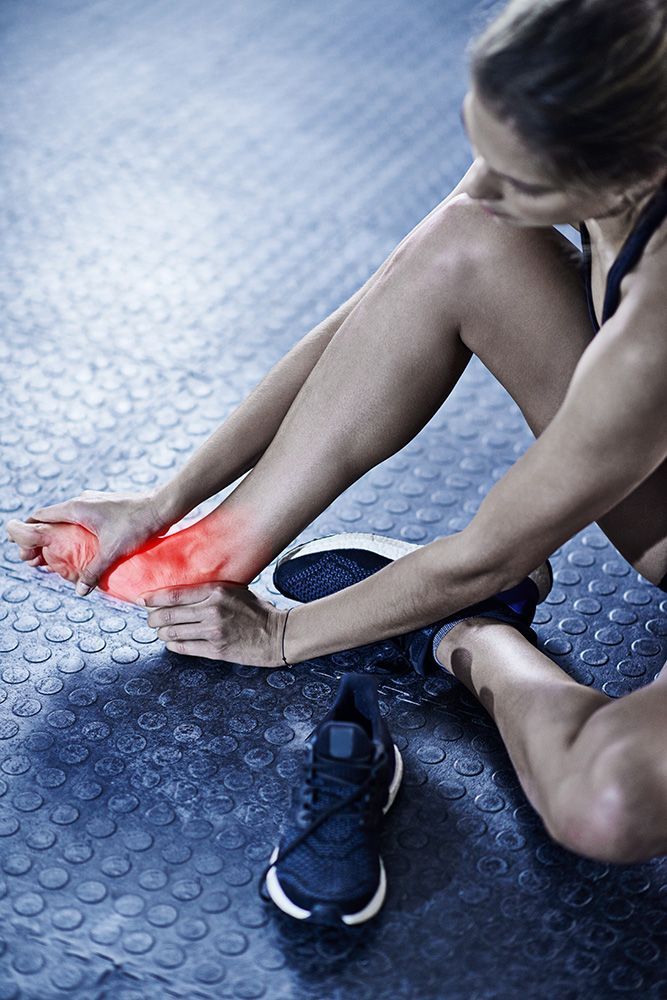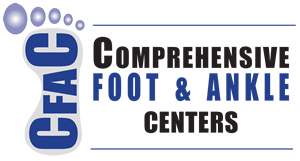Athlete’s Foot

Comprehensive Fungal Infection Care
Effective Relief for Athlete’s Foot Infections
Athlete’s foot is a widespread fungal infection that can affect people of all ages and activity levels, and it is highly contagious. The condition spreads quickly through direct skin-to-skin contact as well as indirect contact with contaminated surfaces like socks, shoes, towels, bedding, and carpets. It is also commonly contracted in shared spaces such as locker rooms, gym floors, swimming pools, and communal showers, where warm, damp environments allow fungi to thrive. Once present, the infection can linger on surfaces or within footwear, making reinfection easy if proper care isn’t taken. People with weakened immune systems, circulation issues, or a history of fungal infections are often more vulnerable and may experience more persistent or severe cases if left untreated.
Signs and Symptoms
Athlete’s foot may cause a variety of uncomfortable skin changes, including:
- Dryness, flakiness, or scaling between the toes or on the soles of the feet
- Itching, burning, or redness in affected areas
- Cracking or peeling skin
- Blisters that may ooze or crust over
- Swelling or irritation that worsens without treatment
Causes and Risk Factors
- Exposure to warm, humid environments such as pools and locker rooms
- Sharing shoes, socks, or towels with someone who is infected
- Wearing tight or non-breathable footwear
- Having a history of fungal infections or a weakened immune system
Diagnosis and Treatment
A podiatrist can confirm athlete’s foot through a physical examination and, in some cases, lab testing of skin samples. Treatment is tailored to the severity of the infection and may include:
- Antifungal creams, sprays, or powders
- Prescription oral antifungal medications for persistent cases
- Guidance on keeping feet clean, dry, and protected
- Recommendations for proper footwear and hygiene practices to prevent reinfection
Prevention and Self-Care
To lower the risk of developing or spreading athlete’s foot:
- Keep feet clean and thoroughly dry, especially between the toes
- Wear breathable socks and shoes, and change them regularly
- Avoid walking barefoot in public showers, locker rooms, or around pools
- Do not share personal items like footwear or towels
- Use antifungal powders or sprays if prone to frequent infections
Start Your Journey to Wellness Today
Talk With Foot and Ankle Specialist Today!
If you are dealing with itching, redness, or other symptoms of athlete’s foot, schedule an appointment with our team. We’ll provide a proper diagnosis and recommend an effective treatment plan to relieve discomfort and prevent the infection from spreading.

